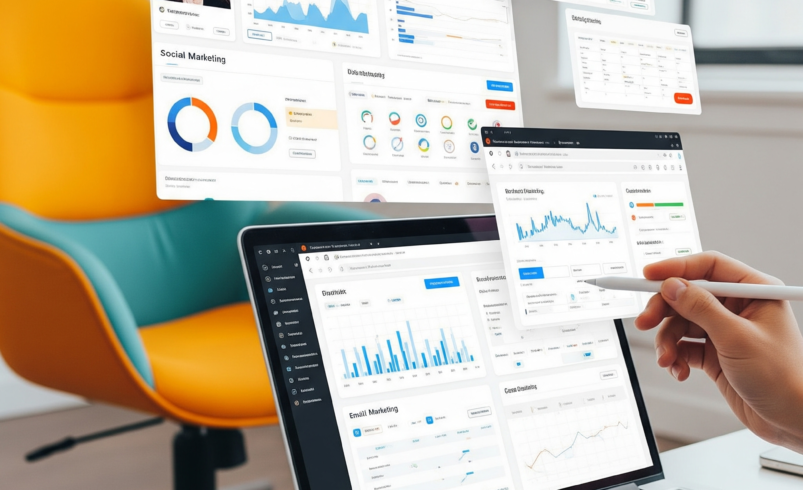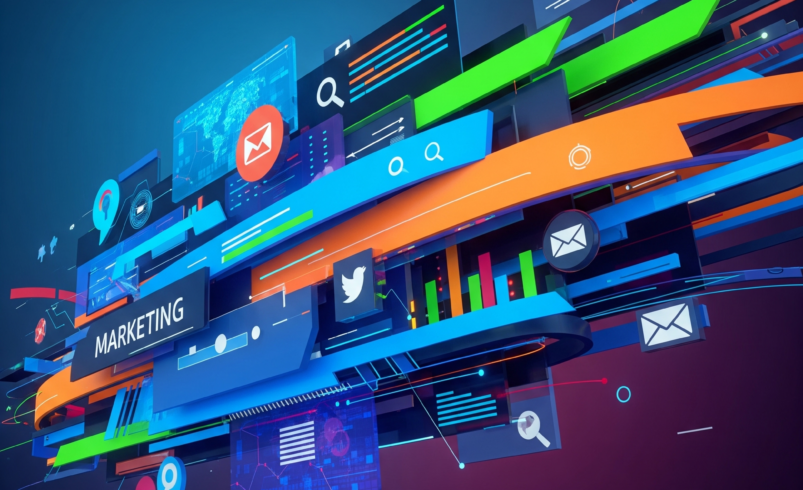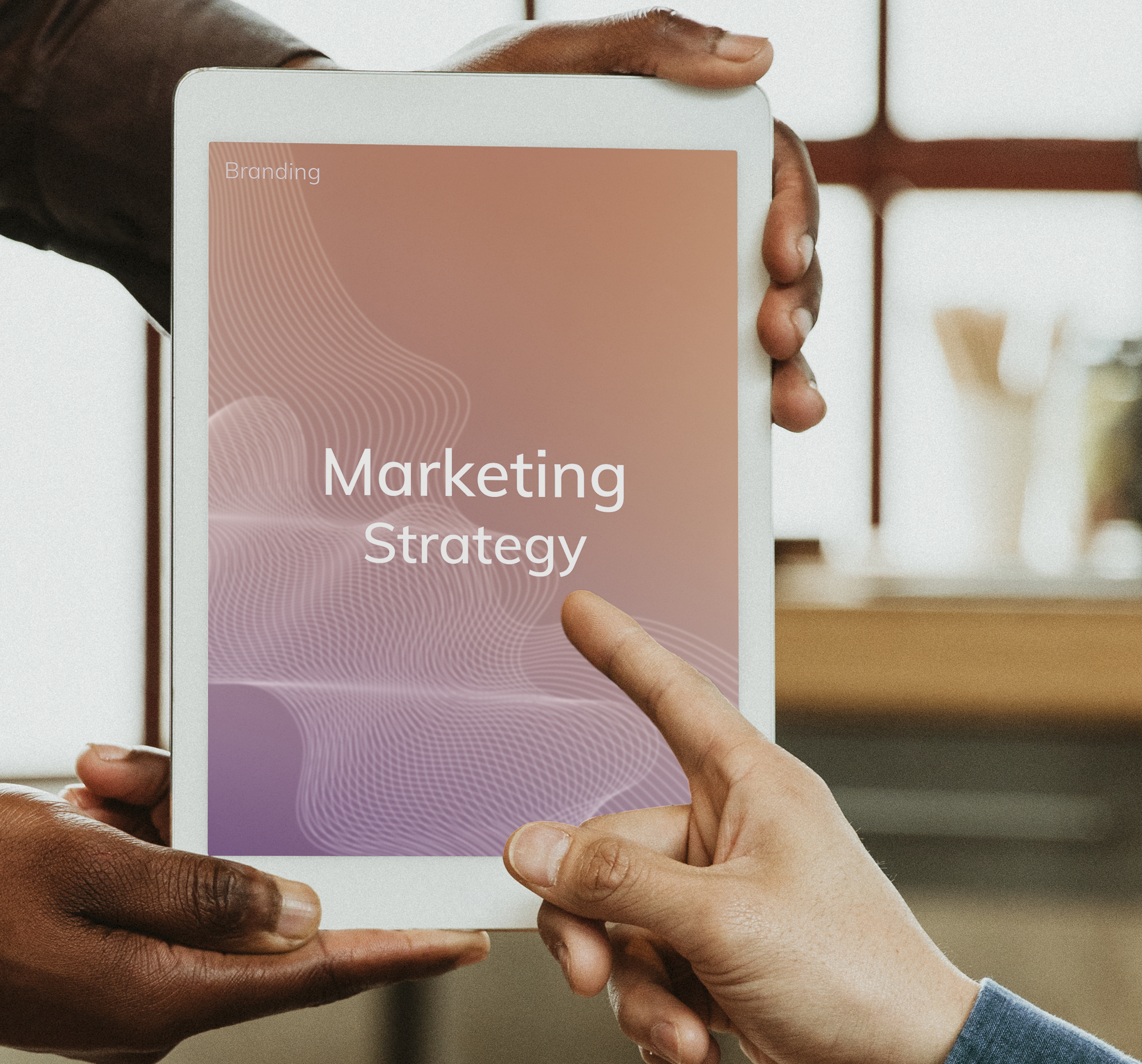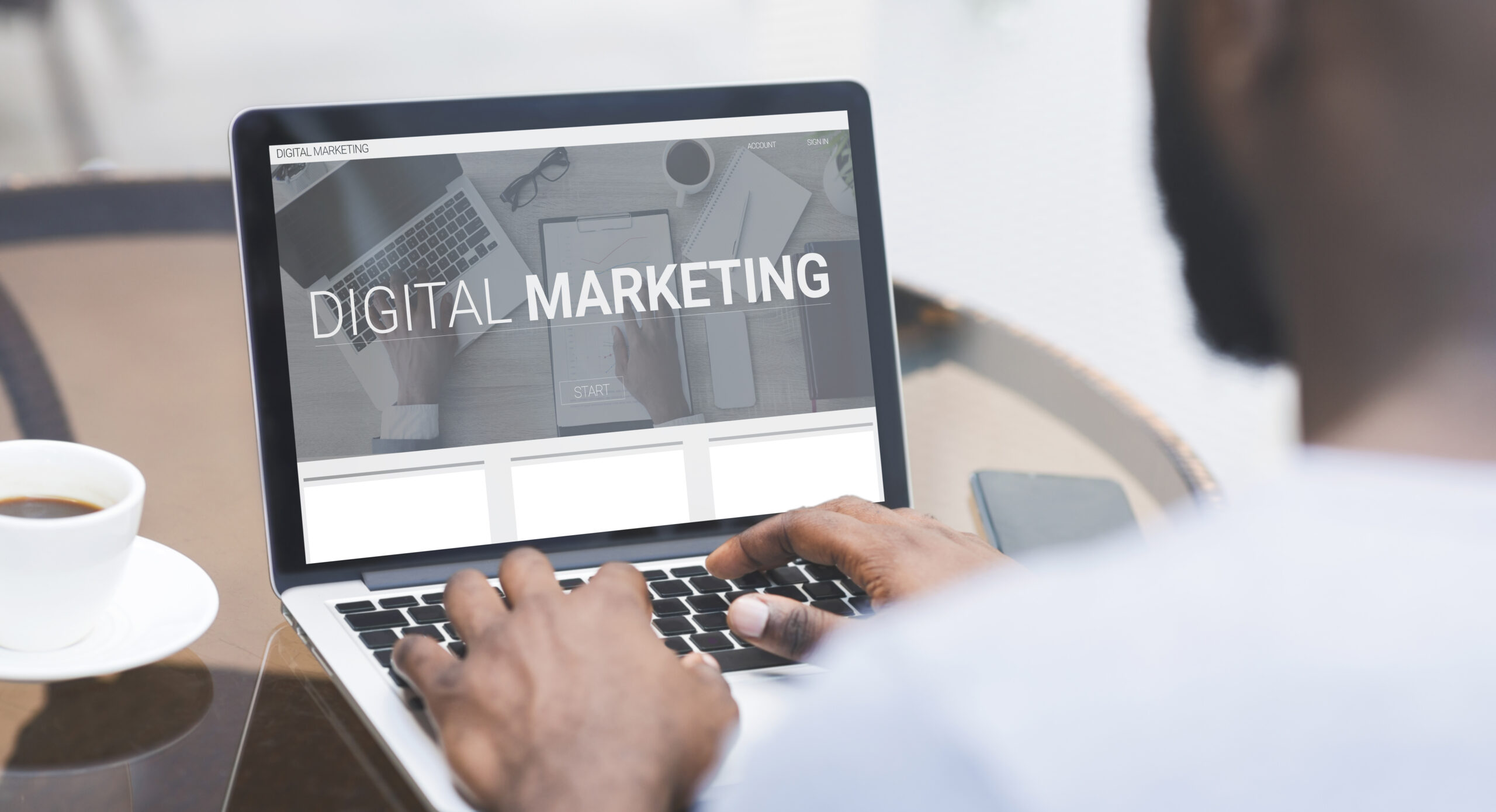
Brendan on Why Personalization Is the New King of Digital Marketing
In a world overwhelmed by digital noise, one-size-fits-all marketing is no longer effective. Today’s consumers expect more than just good products—they want meaningful experiences, relevant content, and brands that understand them. According to digital marketing strategist Brendan Amos, personalization isn’t just a trend—it’s the new cornerstone of successful marketing strategies.Welcome to the age where personalization reigns supreme.
The Evolution of Digital Marketing: From Mass to Me
Brendan Amos highlights the clear shift in the marketing landscape over the last decade. However, as data became more accessible and customer journeys more complex, expectations evolved.“If your brand isn’t tailoring its message to the individual, you’re already behind.”This is where personalization comes in. From product recommendations to dynamic website content, personalization aligns brand communication with user intent, behavior, and preferences—turning cold leads into loyal advocates.
Why Personalization Works: The Psychology Behind It
Consumers respond positively to messages that reflect their needs and interests. Personalization creates a feeling of relevance and emotional connection. Brendan Amos points to psychological principles at play:
Trust: Customization signals that a brand values its customer’s time, increasing brand loyalty and trust.It’s not manipulation—it’s meaningful marketing.
Data Is the New Fuel
For Brendan Amos, the secret to personalization lies in harnessing the right data. Marketers now have access to behavior-based analytics, social media signals, purchase histories, browsing patterns, and even AI-powered sentiment analysis.“Ethical use of customer data is non-negotiable,” Brendan emphasizes. “Transparency and consent are critical. Customers will only engage with brands they trust.”He advises brands to invest in secure, GDPR-compliant platforms and be upfront about data usage while still delivering tailored experiences.
Examples of Winning Personalization
Brendan Amos references several major brands leading the personalization revolution:
- Amazon: With its intelligent recommendation engine, Amazon customizes product suggestions based on past purchases, viewed items, and even regional trends.
- Spotify: Their personalized playlists like “Discover Weekly” have turned music streaming into a deeply individual experience.
- Netflix: The platform uses viewer history to recommend shows, altering even the artwork based on user preferences.
These aren’t just cool features—they’re strategic personalization tools that enhance engagement, increase retention, and boost revenue.
How to Implement Personalization in Your Marketing Strategy
Brendan offers a simple, step-by-step guide for brands looking to elevate their personalization game:
1. Collect the Right Data
Start with your CRM, website analytics, social media insights, and email engagement metrics. Focus on user behavior, demographics, and preferences.
2. Segment Your Audience
Instead of sending the same message to everyone, divide your audience based on traits or behaviors. This could be new visitors, repeat buyers, cart abandoners, or high-value customers.
3. Create Dynamic Content
Use personalization tokens in emails, set up dynamic landing pages, and utilize retargeting ads that reflect users’ previous interactions.
4. Leverage AI and Automation
Tools like HubSpot, Mailchimp, and Salesforce offer AI-driven personalization features—from subject line optimization to predictive analytics.
5. Test and Optimize
A/B test your content to see what resonates. Monitor engagement rates, bounce rates, and conversion metrics. Tweak continuously.
Challenges to Watch For
While personalization can drive enormous ROI, Brendan Amos warns of potential pitfalls:
- Over-Personalization: Going too far (e.g., hyper-detailed ads based on private data) can feel invasive and creepy.
- Inconsistent Data: Poor integration between tools can lead to incorrect targeting.
- Resource Strain: Developing personalized content takes time and effort. Small teams may struggle without automation tools.
His advice? Start small, scale smart, and always keep the user experience at the core.
Future of Personalization: Hyper-Contextual, AI-Driven
Looking ahead, Brendan predicts that personalization will become even more intuitive and contextual. Technologies like machine learning, predictive analytics, and natural language processing will allow marketers to anticipate user needs in real time.
For example:
- Chatbots that offer personalized product suggestions based on tone or urgency in the user’s message.
- Real-time pricing and promotions triggered by user location, weather, or current events.
The key to future success? “Don’t just automate. Humanize,” says Brendan.
Final Thoughts: Personalization with Purpose
In Brendan Amos’ view, personalization isn’t just about increasing conversions—it’s about building relationships.“Customers aren’t just data points. They’re people. When you personalize with empathy and relevance, you don’t just sell—you serve.”So, if your brand is still relying on generic marketing campaigns in 2025, it’s time to evolve. Because in the digital age, personalization isn’t optional—it’s the new king.




